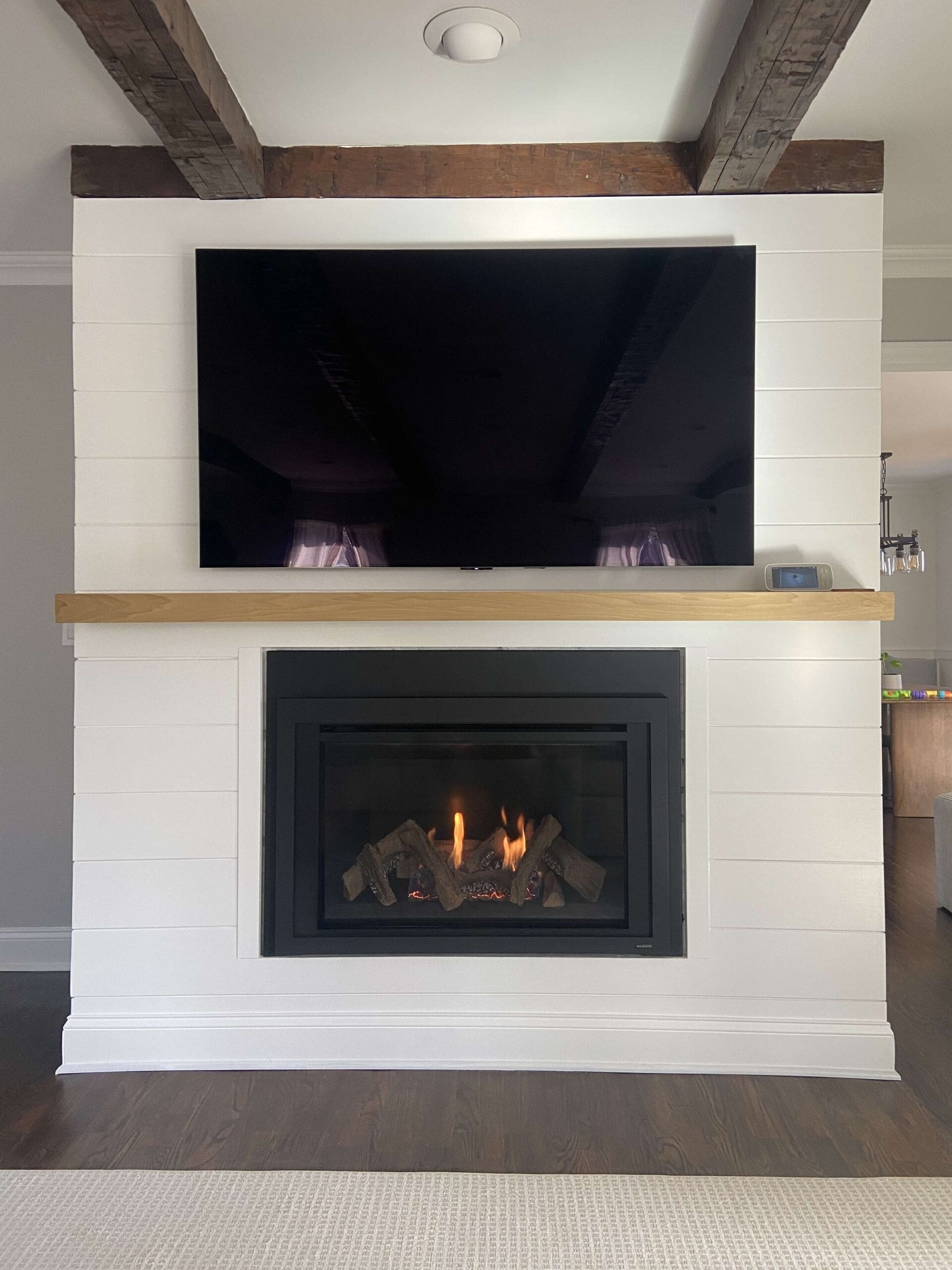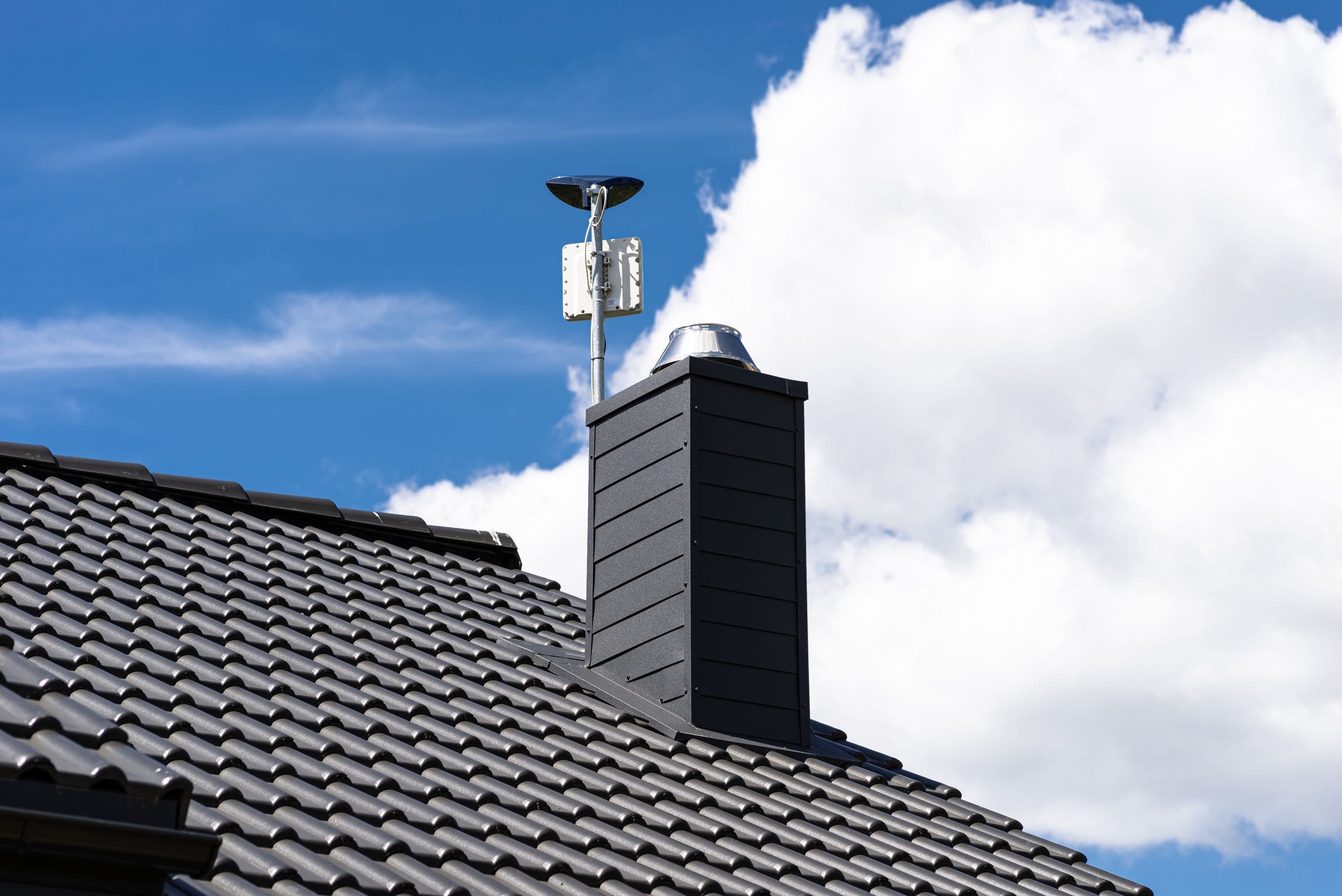Are you considering adding a fireplace to your home? A fireplace not only adds warmth but also enhances the aesthetic appeal of your living space. However, a successful fireplace installation requires careful planning and consideration. In this article, we will explore the key factors to keep in mind for a seamless fireplace installation.
Table of Contents
- Introduction
- Choosing the Right Type of Fireplace
- Determining the Ideal Location
- Understanding Ventilation and Safety
- Selecting the Right Fuel Source
- Sizing and Scale of the Fireplace
- Hiring Professional Installers
- Obtaining Necessary Permits
- Pre-installation Preparations
- Installation Process Step by Step
- Fireplace Surround and Mantel Design
- Post-Installation Maintenance
- Cost Considerations
- Energy Efficiency
- Conclusion
- FAQs
Introduction
Adding a fireplace to your home can create a cozy ambiance and provide an additional source of heat. However, a successful fireplace installation requires careful consideration of various factors to ensure safety, functionality, and aesthetics.
Choosing the Right Type of Fireplace
There are several types of fireplaces available, including traditional wood-burning, gas, electric, and ethanol. Each type has its own advantages and considerations. Gas fireplaces, for instance, offer convenience and clean burning, while wood-burning fireplaces provide a rustic charm.
Determining the Ideal Location
Selecting the right location for your fireplace is crucial. It should not only fit seamlessly into the design of the room but also be easily accessible for venting and maintenance.
Understanding Ventilation and Safety
Proper ventilation is essential to prevent the buildup of harmful gases and ensure optimal indoor air quality. Additionally, considering safety measures such as installing a fireproof hearth and keeping flammable materials away from the fireplace is vital.
Selecting the Right Fuel Source
The choice of fuel source depends on your preferences and the type of fireplace you’ve chosen. Gas fireplaces offer the convenience of an on/off switch while wood-burning fireplaces provide the authentic crackling sound and aroma of burning wood.
Sizing and Scale of the Fireplace
The size of your fireplace should complement the room’s dimensions. A fireplace that is too large or too small can disrupt the balance of the space. Consulting with a professional can help determine the right size.
Hiring Professional Installers
A fireplace installation is a complex task that requires expertise in various areas, including ventilation, gas lines, and masonry. Hiring professional installers ensures that the installation is done correctly and safely.
Obtaining Necessary Permits
Before starting the installation, make sure to check local building codes and obtain any necessary permits. Compliance with regulations is essential to avoid legal issues and ensure the safety of your home.
Pre-installation Preparations
Clear the area around the installation site and protect nearby furniture and belongings. This will prevent damage during the installation process and facilitate a smoother workflow.
Installation Process Step by Step
The installation process varies depending on the type of fireplace. Gas fireplaces require connecting gas lines and ensuring proper ventilation while wood-burning fireplaces involve building the hearth and chimney.
Fireplace Surround and Mantel Design
The design of the fireplace surround and mantel contributes to the overall aesthetic of the room. Consider materials, colors, and styles that match your interior decor.
Post-Installation Maintenance
Regular maintenance is essential to ensure the longevity and efficiency of your fireplace. This includes cleaning the chimney, checking gas connections, and inspecting the overall condition of the fireplace.
Cost Considerations
The fireplace installation cost includes materials, labor, and additional features such as mantels and surrounds. It’s essential to set a budget and factor in all potential expenses.
Energy Efficiency
Modern fireplaces are designed to be energy-efficient, but their efficiency can vary. Consider features such as adjustable flames and programmable thermostats to optimize energy usage.
Conclusion
A fireplace installation can significantly enhance your living space’s comfort and charm. By considering factors like the type of fireplace, location, safety measures, and maintenance, you can ensure a successful installation that brings warmth and beauty to your home.
FAQs
- Can I install a fireplace myself? Installing a fireplace is a complex task that requires professional expertise to ensure safety and proper functionality.
- What type of fireplace is the most energy-efficient? Gas fireplaces tend to be more energy-efficient than traditional wood-burning fireplaces.
- Do I need a chimney for a gas fireplace? Gas fireplaces can be vented through an existing chimney or a direct vent system.
- How often should I clean my fireplace? It’s recommended to have your fireplace and chimney inspected and cleaned annually.
- Can I convert my wood-burning fireplace to a gas fireplace? Yes, many wood-burning fireplaces can be converted to gas with the help of a professional installer.






